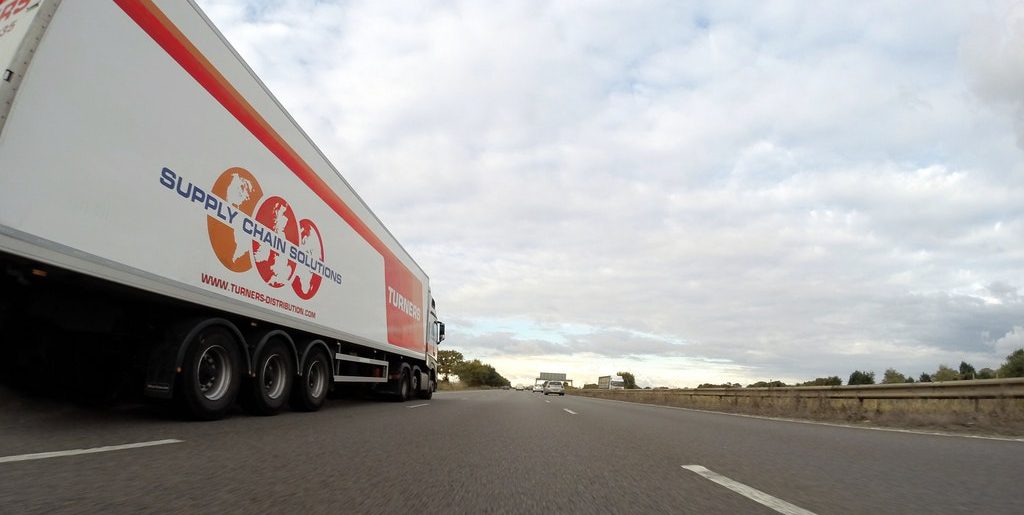Seven Moving Hacks to Make Your Long Distance Relocation Smoother

There is so much to think about and do for a long-distance move that you can easily become overwhelmed. Fortunately, there are numerous things you can do to help your move go more smoothly, which will help reduce your stress.
1. Take Photos of Electronics
UPack suggests taking photos of your electronics before you unhook them and pack them up for your move. The photos will help you easily hook up your electronics once you get to your new place.
2. Take Only What You Need
When you’re making a long-distance move, you can make things a lot easier on yourself by only packing up and taking what you need. Moving companies will charge you by the pound to move your belongings, so the less you have to move, the cheaper it will be. Downsize by getting rid of what you don’t need or want anymore. You can donate, toss, or sell unnecessary and unwanted items.
3. Keep Track of Hardware
If you decide to move furniture, take photos of it while you disassemble it. These photos will help you reassemble your furniture at your new home. This can be especially helpful if you no longer have your original assembly instructions.
Put all the screws, washers, and bolts into a plastic Ziploc sandwich bag while you disassemble the piece of furniture. Tape the bag to the underside of the piece of furniture the hardware goes with. Be sure to label the bag of hardware, so you know what the parts go to if it falls off the furniture during transport. Don’t tape the bag to the front of the furniture or to any part of the furniture containing finish, as the tape can cause damage.
4. Label and Color Code Your Boxes
UPack suggests putting multiple labels on each box you pack. Put labels on at least two sides of the box as well as one on top. This way, it’s much easier to find what you need when you’re unpacking.
The Spruce says you can easily keep track of what’s in each box by taking a photo of its contents before taping it shut. Make sure you label the photo and the box with the same name.
In addition to labeling your boxes, you can color code them by room. Use different colors of tape to close your boxes, corresponding to individual rooms in your home. For instance, you can use blue tape for boxes that go into your kitchen, yellow tape for boxes that go into your bathroom, and green tape for boxes that go into your bedroom.
5. Use Proper Packing Materials
It’s true – you can typically find used boxes for free. However, when you’re making a long-distance move, you want to make sure that your boxes will hold up. According to UPack, used boxes are not necessarily sturdy and can collapse when stacked, causing damage to your possessions. Instead, use study moving boxes to pack your things.
Some people recommend using clothes or towels to wrap fragile items, and this may work well for local moves. However, UPack suggests using bubble wrap or packing paper to wrap fragile items for long-distance moves because these materials allow you to tightly wrap fragile items, which helps keep them safe during transport.
6. Get Written Estimates
Angie’s List suggests getting in-home written estimates from three different moving companies before choosing the one you’ll use. It’s also a good idea to ask family and friends for recommendations and to look at review sites when choosing your moving company. Once you’ve chosen a company, get your moving details, such as the moving date and time, in writing. Keep this information handy on moving day in case you need it.
7. Pack Essentials Boxes
Put things you need right away into, essentials boxes. These items include enough clothes for a few days for each family member, medication, basic cleaning supplies, such as dish soap, toilet paper, paper towels, toiletries, such as toothbrushes, toothpaste, body wash, shampoo, and conditioner, and disposable dishwares, such as paper plates and plastic utensils. If you have a pet, put his food, medication, food and water bowls, litter (if you have a cat), a few of his favorite toys, a favorite bed or blanket, and his veterinary records into an essentials box as well.
Making a long-distance move is stressful and can easily become overwhelming. Good planning, staying organized, and using these moving hacks will help your move go as smoothly as possible.

